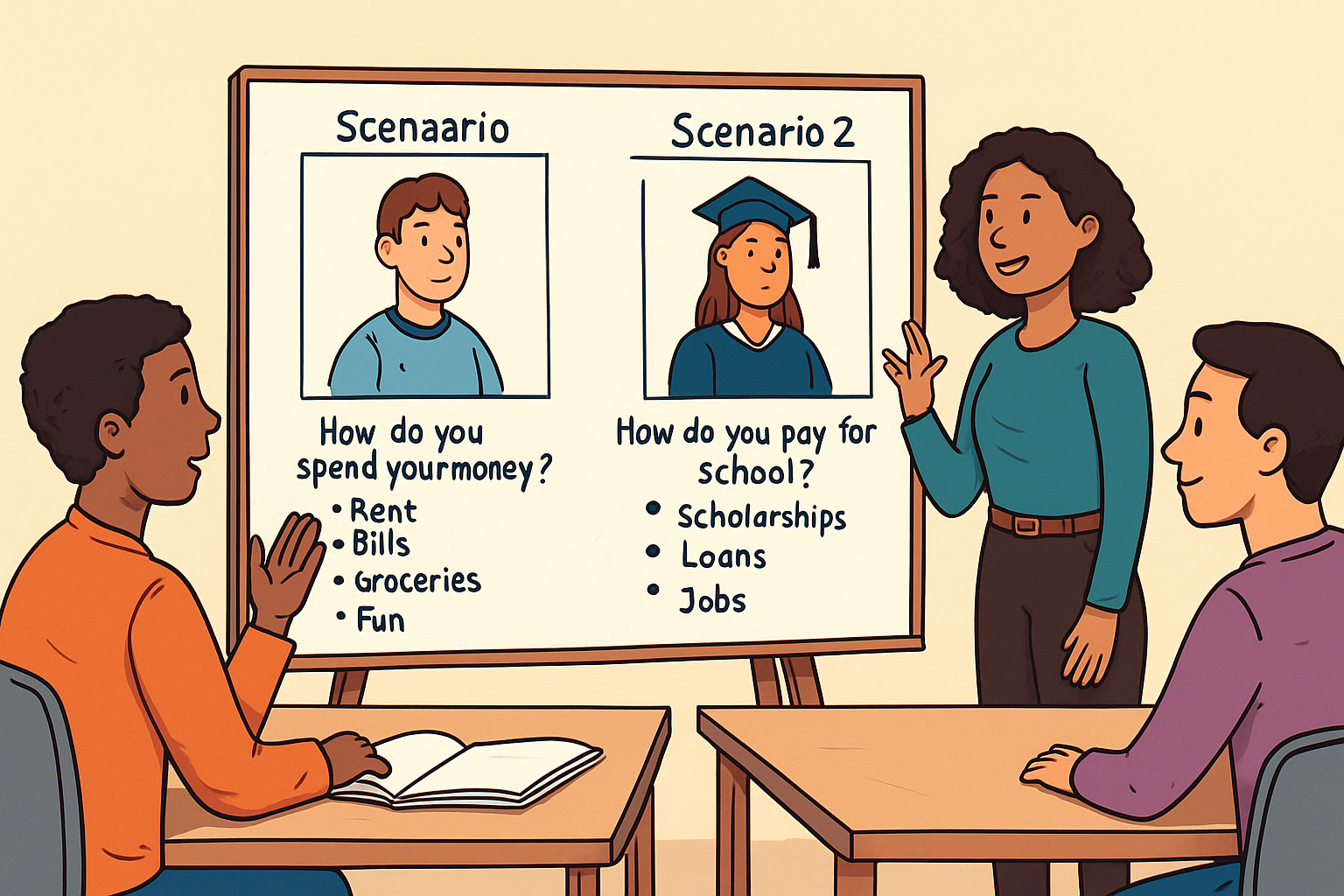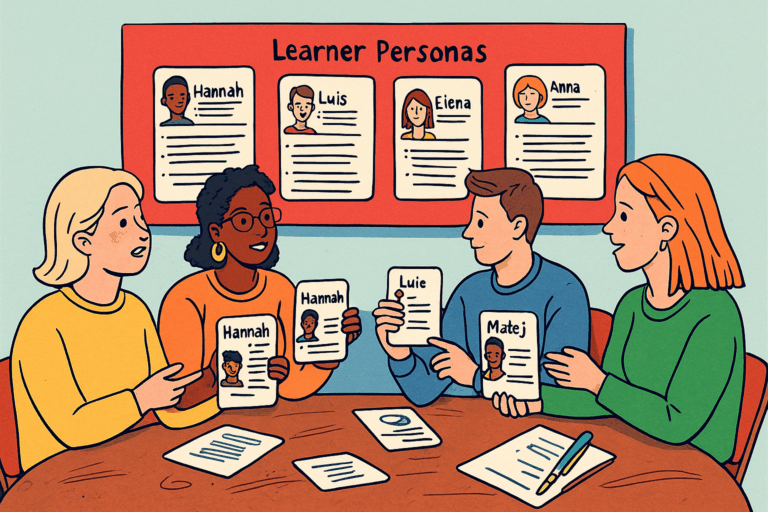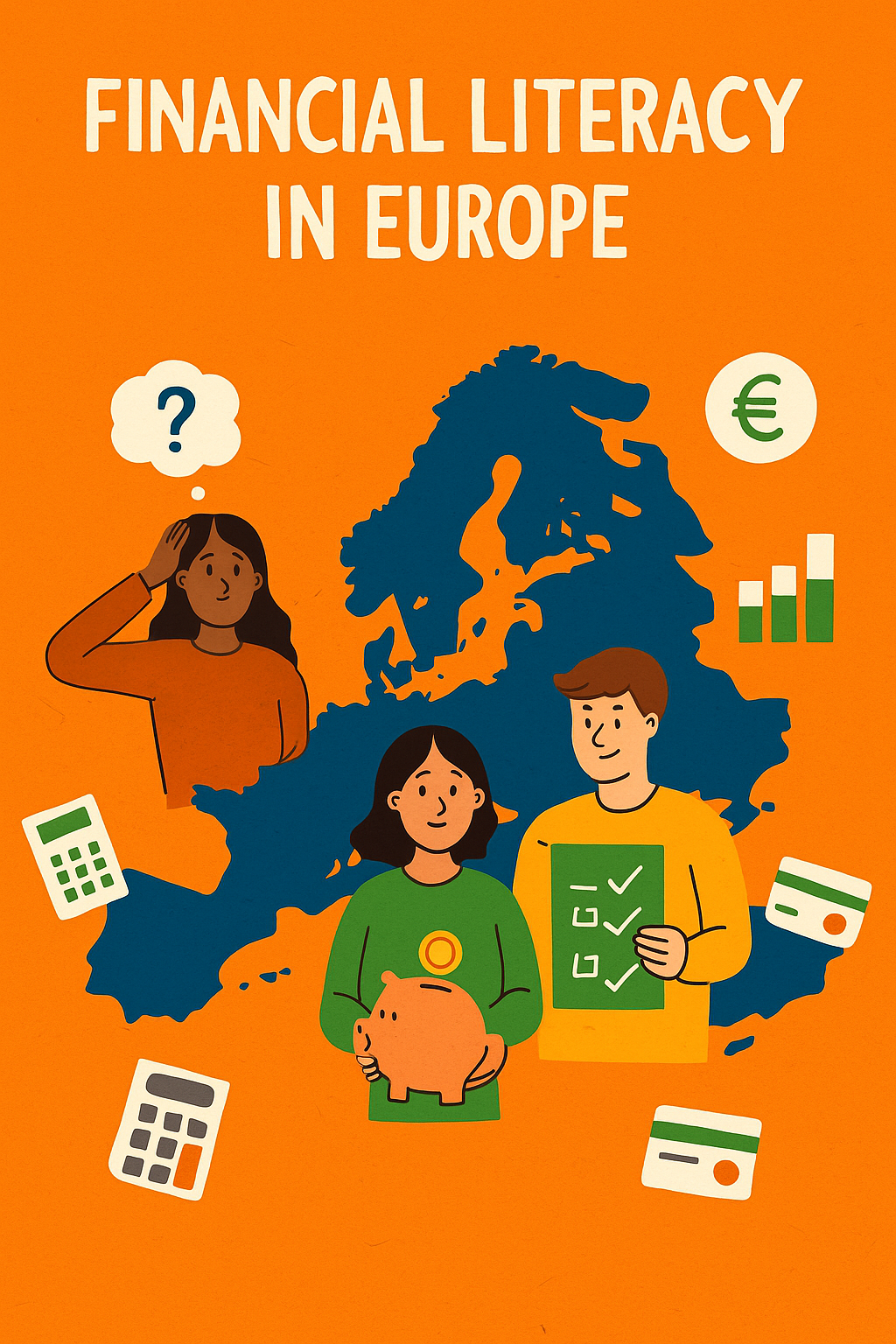Hvorfor scenariebaseret læring virker: Styrkelse af økonomiske færdigheder gennem virkelige kontekster
I en verden, hvor økonomiske beslutninger er blevet mere komplekse end nogensinde, kan undervisning i finansiel forståelse ikke længere udelukkende baseres på statisk teori. For virkelig at give unge voksne de færdigheder, der skal til for at træffe informerede økonomiske valg, har undervisere brug for metoder, der er engagerende, praktiske og direkte forbundet med hverdagen. Det er her, Scenariebaseret læring (SBL) kommer ind — og hvorfor det er blevet en hjørnesten i FINMAN+-projektet.
Hvad er scenariebaseret læring?
Scenariebaseret læring er en undervisningsmetode, der placerer eleverne i realistiske situationer, hvor de skal træffe beslutninger, løse problemer og reflektere over resultater. I stedet for passivt at absorbere information, er eleverne aktivt involveret i at navigere i økonomiske udfordringer – lige fra at administrere et månedligt budget til at vælge mellem at spare op, investere eller bruge penge.
Denne tilgang afspejler virkeligheden og giver deltagerne mulighed for at eksperimentere med økonomisk adfærd i et trygt og støttende miljø. Gennem denne proces får eleverne ikke kun tilegne sig viden, men også udvikle dømmekraft, ansvarlighed og selvtillid i håndteringen af deres personlige økonomi.
Hvorfor det virker for økonomisk forståelse
Finansiel forståelse handler ikke kun om tal – det handler om at forstå konsekvenser og træffe fornuftige valg under reelle forhold. Traditionelle undervisningsmetoder formår ofte ikke at indfange de følelsesmæssige og situationsbestemte faktorer bag økonomiske beslutninger. Scenariebaseret læring bygger bro over dette hul.
- Relevans: Hvert scenarie afspejler reelle økonomiske dilemmaer, som unge voksne står over for i deres dagligdag.
- Engagement: Eleverne påtager sig roller og træffer aktive beslutninger i stedet for blot at lytte eller læse.
- Afspejling: Hvert resultat fører til en diskussion om, hvad der virkede, hvad der ikke gjorde, og hvorfor – hvor fejl forvandles til læringsmomenter.
- Tilbageholdelse: Studier viser, at elever husker bedre, når viden er knyttet til virkelige oplevelser.
I FINMAN+ er disse scenarier designet omkring temaer som f.eks. budgettering, gældshåndtering, digitale betalinger, opsparingsvaner og ansvarlig låntagning, hvilket hjælper deltagerne med at forstå ikke kun "hvad" de skal gøre, men også "hvorfor".
Sådan anvender FINMAN+ tilgangen
Som en del af vores co-creation-proces udvikler undervisere og projektpartnere en samling af scenariebaserede træningsmoduler for unge voksne i alderen 25-30 år. Hvert scenarie følger en struktureret fortælling — der introducerer en relaterbar situation, præsenterer centrale beslutningspunkter og tilbyder øjeblikkelig feedback.
Under de underviserkurser, der blev afholdt som led i projektet, udforskede deltagerne, hvordan de kunne skabe deres egne scenarier og tilpasse dem til forskellige læringsgrupper. De lærte også, hvordan de kunne forbinde scenarier med elevpersonaer, fiktive, men forskningsbaserede profiler, der repræsenterer typiske unge voksne med varierende økonomiske vaner, motivationer og udfordringer.
Ved at forbinde personaer og scenarier sikrer FINMAN+, at enhver læringsoplevelse føles autentisk, tilgængelig og kulturelt relevant i hele Europa.
Den effekt vi sigter mod
Gennem scenariebaseret læring sigter FINMAN+ mod at transformere den måde, finansiel uddannelse leveres på – ved at forvandle abstrakt teori til levet erfaring. Ved at give voksenundervisere praktiske værktøjer og innovative undervisningsmetoder hjælper vi dem med at dyrke ikke blot viden, men økonomisk selvtillid og autonomi blandt Europas unge voksne.
Fordi i sidste ende er den bedste måde at lære om penge på ikke at læse om dem – men at leve dem sikkert gennem scenarier, der forbereder dig på det virkelige liv.








